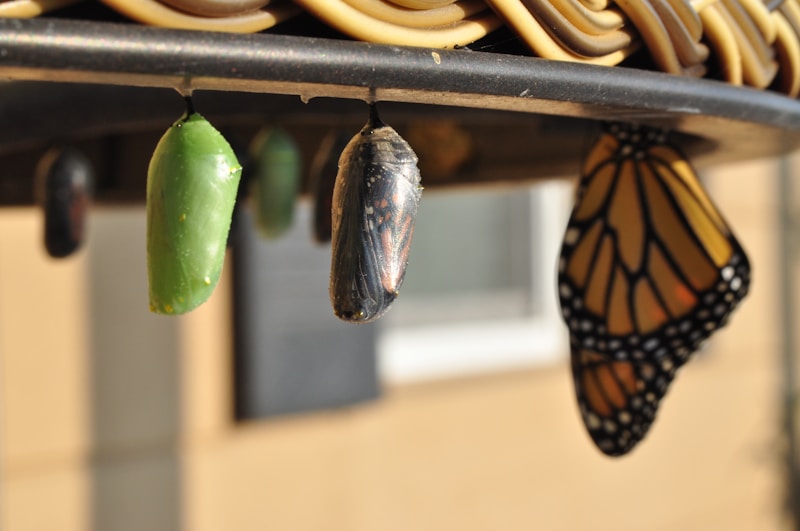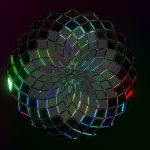Prāna is a Sanskrit word that describes the foundation for all life. The literal translation means breath, or the breath of life, but this interpretation can lead to the mistaken conclusion that prāna is just another word for the air that we breathe. Prāna is much more than that, it is life energy.
There is energy everwhere. It is in your body, in the contents of the room, in the environment, all over this planet, and running through everything in the universe. You’ll hear prāna spoken about most often in yoga, Ayurvedic and Indian martial arts circles. The philosophy behind prāna runs parallel with Chinese beliefs about chi, and (like chi) ancient science depicting the flow and movement of prāna around the human body is well documented.
How Prāna Moves Around the Body
In ancient Indian texts, especially documents related to Āyurveda, prāna flow is mapped out across the human body through channels called nadi. The nadis are very similar to acupuncture meridians in traditional Chinese medicine. There are over 70,000 nadis in the human body and they all have a varying degree of flow running through them, and perhaps some blockages. Decreased flow and blockages of prāna can be caused by negative experiences, prolonged negative thinking, accidents causing physical injury, sudden shock such as witnessing a traumatic event or continued exposure to a negative environment.
There is a close correlation between the nadis and the nervous system, the digestive system, the circulatory system and the respiratory system. There is also a correlation between the nadis and the chakras. The seven chakras play an important role in the regulation of prāna and two of the main nadis — called the Pingala and the Ida — interweave up the body, alternating left and right through the chakras.
There is another important nadi called the Sushumna which rises from the base of the spine at the muladhara chakra (the red one) right up to the Sahasrara chakra at the crown of the head (the violet one). The Sushumna also travels through the chakras but in a straight line up the spine.
It is said that the body is in perfect health when the prāna is flowing freely. The skin is glowing, the joints and muscles move freely, the body is free of disease and the mind is peaceful. Conversely, when prāna is blocked or slow to flow it can manifest physically as stiffness or tension in the muscles, and can even lead to illness. Blocked or sluggish prāna is also associated with mental tension, anxiety and high emotional responses as well as lethargy and general tiredness.
How Yoga Works with Prāna
Move Through It
Āsana poses are designed to lengthen and stretch the muscle system, soothe the nerves, release tension and even out the breath. You may have already noticed that certain poses open: energise and wake you up such as sun salutations, back bends, and standing poses. Other poses close: they calm and settle you such as child’s pose, seated forward bend and other forward bends. All yoga poses affect the flow of prāna helping to open and close, release and retain the energy where needed. This is why a balanced yoga practice of complementary opening and closing poses is necessary to stop you feeling ‘heady’ or washed out after practice.
Stay With It
Another example of moving prāna in yoga poses is when holding a pose for a set period of time. Staying in a pose for a few minutes ignites a fire within. You start to feel warm, breathing becomes faster and staying with the hold as you breathe works deeply through any prāna blocks you may have.
Breathe Through It
The most effective way to balance the flow of prāna in the body is through the proper practice of prānāyāma. The science of prānāyāma is a vast and complex subject and is also one of the Eight Limbs of Yoga. There are many different breathing techniques in prānāyāma affecting prāna in a myriad of ways. Using prānāyāma to work through health difficulties is like shining a spotlight on them. As a result of this intensity, care must be taken to self-pace or work with an experienced teacher but great advances can be made to restore health with just this practice alone.
Yoga Nidrā
Another way to experience prāna in the body and work on any blockages is through the excellent technique of Yoga Nidrā which involves the practitioner bringing awareness to different areas of the body in a relaxed state. Focusing on different parts of your body will stimulate prā,n ,and you will feel a tingling or expansive feeling in your body.
A Life in the Flow
When attention is drawn to prāna you can feel it as a tingling awareness and sometimes a sensation of heat or other unusual sensations in the body. It is common to begin to feel pranic energy in the hands the most strongly, but the soles of the feet and the crown of the head are also areas where the sensation of prāna can make an initial appearance. The more you work with prāna the more awareness you can bring to your body when you approach the mat and to your prānāyāma and meditation sessions. Soon you will feel the connection strongly not only to your own pranic energy flow but to the flow of prāna that runs through everything in the universe.
Then you will know by experience that prāna is that part of us that is a constant presence in all things. It is very fluid and flexible and it is never fixed or rigid. It can change, mutate, grow, shrink, transform and expand, it can flow faster, slower, in bouts or in streams, but it can never truly die because it has always existed.













